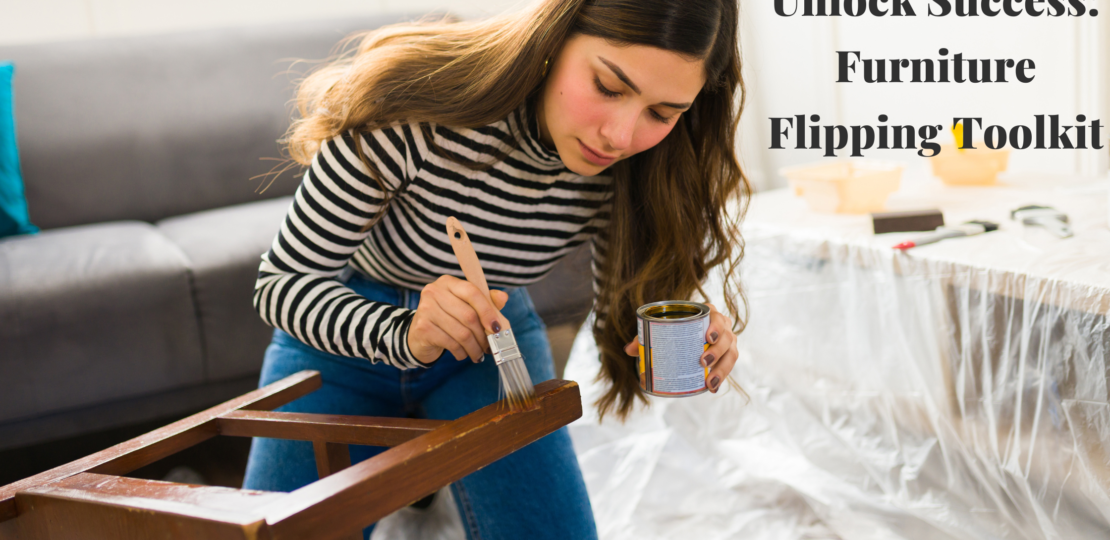
Introduction
Are you tired of seeing old, worn-out furniture being discarded? Do you have a knack for spotting hidden potential in these forgotten pieces? If so, furniture flipping might be the perfect hobby or even a lucrative side business for you. In this blog post, we will guide you through the complete toolkit you need to become a successful furniture reseller.
1. A Keen Eye for Treasure
The first and most important tool in your arsenal is your keen eye for treasure. It’s all about spotting that diamond in the rough – the piece of furniture that, with a little love and creativity, can be transformed into something extraordinary. Whether it’s a vintage dresser or a mid-century modern chair, train your eye to see the potential in every piece you come across.
2. Quality Tools
Once you’ve found your treasure, it’s time to roll up your sleeves and get to work. To bring out the best in a piece of furniture, you’ll need a set of quality tools. This includes sandpaper, paintbrushes, paint rollers, a drill, and screwdrivers. Investing in high-quality tools will not only make your job easier but also ensure the end result is top-notch.
3. A Splash of Creativity
Now comes the fun part – unleashing your creativity! Furniture flipping is all about transforming something ordinary into a unique and eye-catching piece. Experiment with different paint colors, patterns, and finishes to give your furniture a fresh new look. Don’t be afraid to take risks and try unconventional ideas – that’s what will set your pieces apart from the rest.
Top Links:
The Best Reselling Beginner’s Guide for 2024
How to Choose Your Niche for Reselling Success
The Best Places to Source Inventory for Reselling Business
Mastering the Art of Pricing: Strategies for Profitable Reselling
4. Knowledge of Techniques
While creativity is essential, having a solid foundation of furniture flipping techniques is equally important. Research different painting and distressing techniques to achieve various effects. Learn how to properly prep and prime furniture before painting to ensure a long-lasting finish. The more techniques you master, the more versatile and in-demand your furniture pieces will be.
5. Marketing and Selling Skills
Once you’ve transformed a piece of furniture into a work of art, it’s time to sell it and make a profit. Marketing and selling skills are crucial in this step. Take high-quality photos of your finished pieces and create compelling listings on online platforms such as Etsy, eBay, or your own website. Use social media to showcase your work and connect with potential buyers. Building a strong online presence will help you reach a wider audience and increase your chances of making a sale.
6. Patience and Persistence
Furniture flipping is not always a quick and easy process. It requires patience and persistence. Some pieces may require more work than others, and not every piece will sell immediately. But don’t get discouraged! Keep honing your skills, learning from each project, and staying motivated. Remember, Rome wasn’t built in a day, and neither is a successful furniture flipping business.
Conclusion
With the right toolkit and a passion for creativity, furniture flipping can be a rewarding and profitable venture. So, put on your treasure-hunting hat, gather your tools, and let your imagination run wild. Who knows, you might just turn that old, forgotten piece of furniture into a coveted masterpiece!
